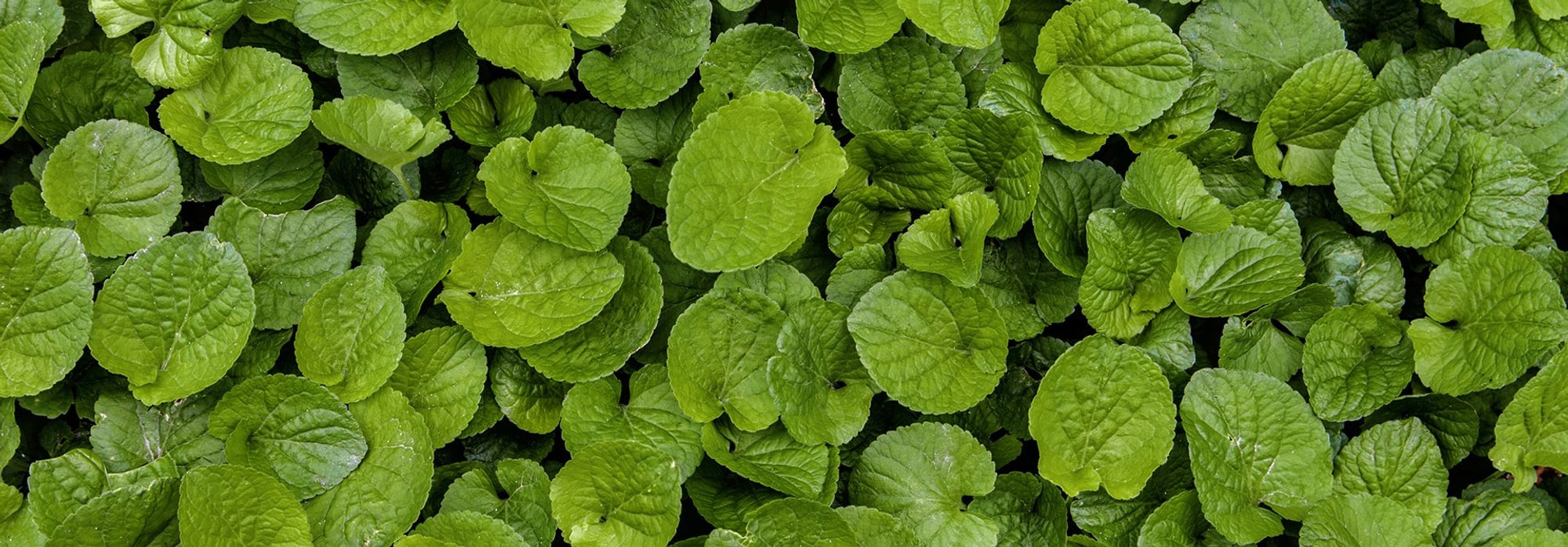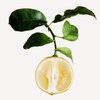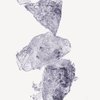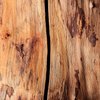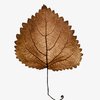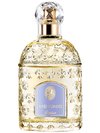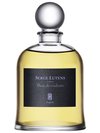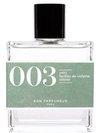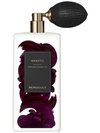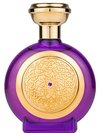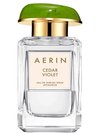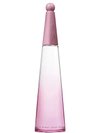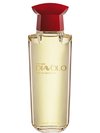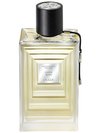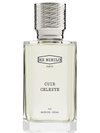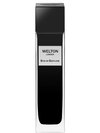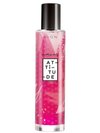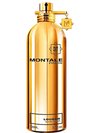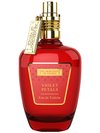We’ve had a rather lengthy love affair with these dainty purple flowers. Violets are first mentioned in the 4th century BC, where Greek myth recounts a tale of romance between Zeus and Io. Submerged in his infatuation, Zeus ordered the Earth to create the most beautiful of all flowers in her honor: the Ion (violet in Greek). Fast-forward a millennia and a half, and violets gain considerable popularity, being traded and sold in consumer products such as 15th century violet-musk powder marketed for hair care. Napoleon himself was exceedingly fond of the flower—so much so that he earned himself the nickname “Corporal Violet,” and the flower eventually became the emblem of his imperial party. Even so, the humble violet wouldn’t reach its true climax until the Victorian era, when perfumers began dabbling in its sweet fragrance. In 1867, violet fields blossomed in Grasse for the first time. Perfumers used the enfleurage technique to extract the flower’s fresh, powdery scent, which, for many generations, was considered the embodiment of femininity. Once extraction solvents were invented, perfumers were able to also harness the fragrant power of violet leaves. And once the violet flower note was able to be recreated synthetically, its natural production almost ceased entirely due to its particularly high production cost.





